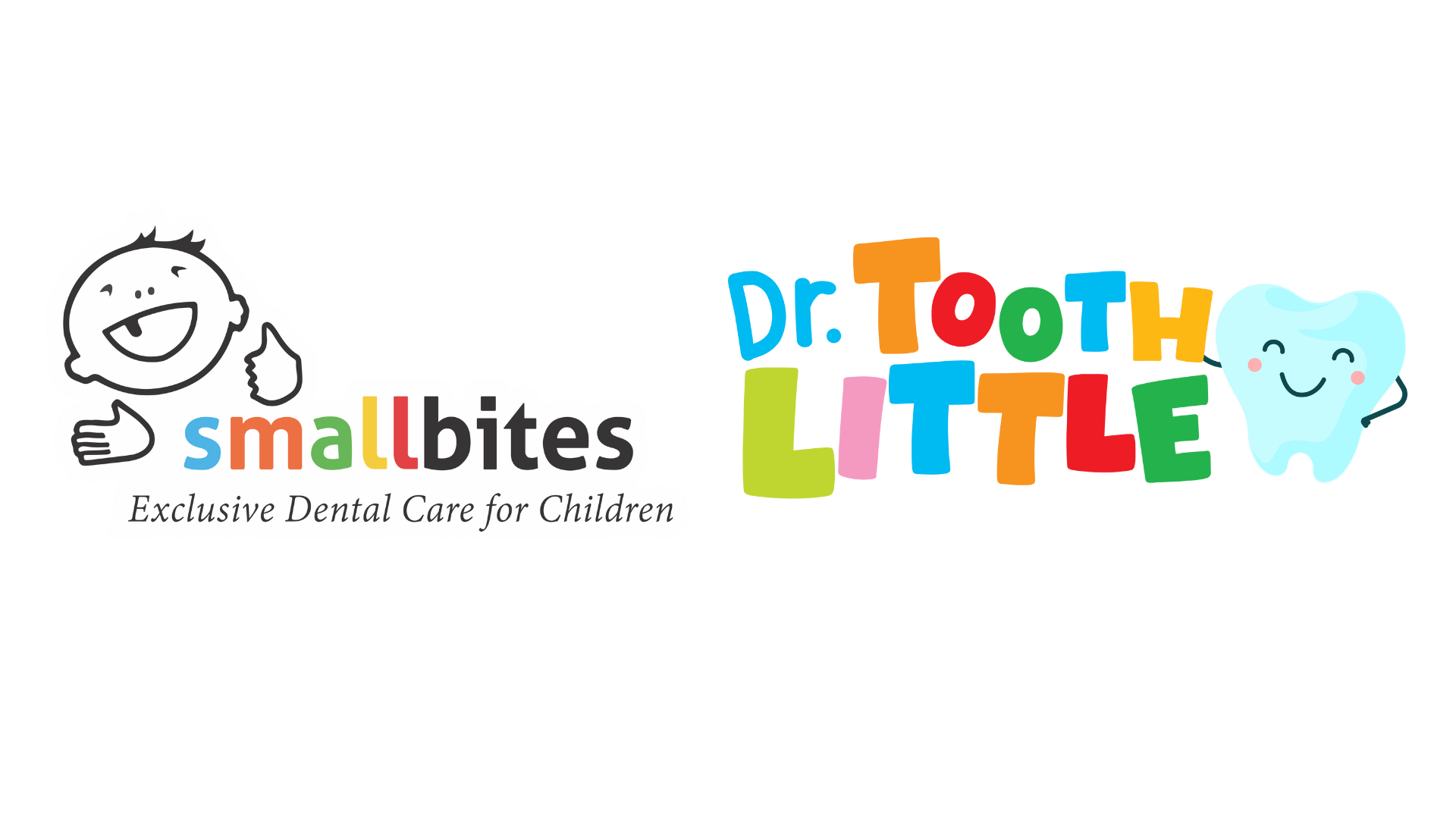Is Fluoride good or bad for children? What are the risks and benefits of fluoride? Many parents are confused about fluoride. In this blog post, we will answer these and other questions.
What is fluoride?
Fluoride is the 13th most abundant element on the earth’s crust. It is found naturally in rocks, soil, water and some foods. The level of fluoride in water varies greatly between different geographical areas. Fluoride can also be emitted into air and water as a waste product of some industries.Is fluoride good or bad?
In low levels, fluoride is beneficial in protecting teeth from decay.
If the right level of fluoride is available while teeth are forming it is incorporated into the developing enamel, making it more resistant to acid attack, which is the cause of tooth decay. Teeth that have developed under the influence of fluoride also tend to have shallower grooves, making them less prone to decay. Tooth enamel formation starts from 3 months after conception (in the womb) and is completed by around 8 years old, with the exception of the wisdom teeth.
Studies in both the USA and the UK have demonstrated the ability of an optimum level of fluoride in drinking water (either naturally occurring or added) to significantly reduce dental decay in both children and adults.
Fluoride is also beneficial after teeth come through. The surface enamel of teeth is weakened and dissolved by acid attacks which occur after consuming sugary or acidic food and drinks. However, enamel can remineralise, or repair, itself by taking in minerals from sailva. Low levels of fluoride present in saliva and dental plaque encourage remineralisation and therefore make it less likely that a cavity will be formed. The fluoride also becomes incorporated into the enamel surface making it stronger and more resistant to acid attack.
Recent scientific studies have also shown that fluoride is able to reduce the ability of plaque bacteria to produce acid.
Scientists now believe that the effect of fluoride after teeth erupt into the mouth is more important than during tooth development. These effects explain why the incidence of decay has generally decreased with the introduction of fluoride toothpastes.
What are the side-effects of Fluoride?
Like many other minerals, fluoride is toxic at very high concentrations, but it is very rare to be exposed to these levels. The problem with fluoride is when you swallow more than the recommended level over a long period of time. The most common problem that is seen with consuming moderate levels of excess fluoride is dental fluorosis.
What is Dental Fluorosis ?
Individuals who are exposed to too high a level of fluoride in early childhood (up to 7 years old) are prone to dental fluorosis, or mottling of the teeth. In its mildest form, the only sign of fluorosis may be white specks on the enamel surface. Teeth more severely affected show discolouration, often in bands or lines, and pitting. Although they are more resistant to decay, teeth with severe fluorosis have structurally weaker enamel.
The amount of fluoride in drinking water varies greatly. The level of fluoride in freshwater, for example rivers and lakes, is usually low. However as water seeps through soil and rocks it becomes contaminated with various naturally occurring substances or pollutants. These contaminants also become more concentrated where the groundwater level dips.
India has become increasingly dependent on groundwater, from wells or bore-wells, to meet demands for drinking water and in some areas, this contains much higher than the recommended level of fluoride.
The optimum level of fluoride in drinking water – to provide dental health benefits and minimise side effects – is 1mg per litre. In India, the permissible level is up to 1.5 mg/l.
The Indian Department of Drinking Water Suply reported that 203 out of 593 districts have higher than permissible levels of fluoride in water.
As this map shows,almost all states in India have districts where groundwater contains excessive levels of fluoride. Even in Bangalore, the level of fluoride varies between different areas and during different seasons. As water quality is not well regulated, it is not always easy to know the levels of fluoride in a particular area.
In some areas, the level of fluoride in water is excessively high. In these areas skeletal fluorosis may also occur. This causes pain and stiffness in the joints and, in more severe cases, bone deformities.
It is recommended to drink bottled or filtered water and, in high fluoride areas, to avoid food and products containing fluoride. Not all water filters remove fluoride, those which work by reverse osmosis and ion exchange resin are able to remove about 90% of the fluoride. Bone char filters have been found to be even more effective in removing fluoride.
It is difficult and expensive to remove fluoride from the ground water supply and, in rural areas, other sources of drinking water are not always easily available. Recharging groundwater using harvested rainwater can be useful in reducing levels of contamination.
In the second part here, we look at how fluoride can be used safely to benefit dental health.
Slides used from India Water Portal




